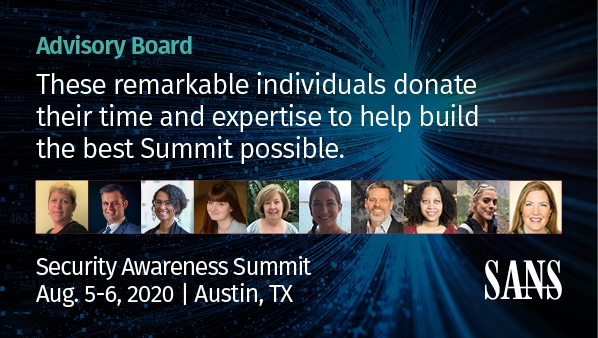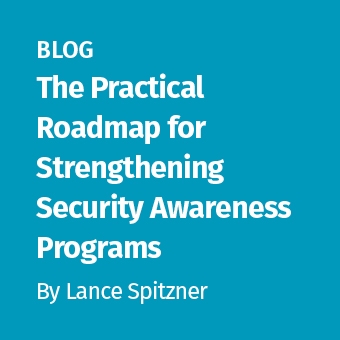Tags:

NOTE: CFP is a common term used when a conference, summit or some other type of event is making a call for potential speakers to submit talks. CFP commonly stands for “Call for Papers” or “Call for Presentations”.
We wanted to share with you the lessons learned from the past Summit CFP submissions. Specifically, help you better understand why certain talks get selected and how you can improve your chances of getting your talk accepted at future events. Speaking at conferences is a great way to build your network and develop your experience but also a tremendous opportunity to give back to the community.
- CFP GUIDELINES:
First and foremost, read and abide by the CFP guidelines. Most
conferences or summits provide detailed guidelines on submissions,
including what type of topics they are looking for and common challenges
the community is attempting to solve. Out of the 90 submission we
received, approximately 15 were not selected because the submissions
failed to follow basic guidelines.
- YOUR TOPIC:
The topic you select has a big impact if you get selected, so make sure
it is both relevant and specific. For example, for the Awareness Summit
the overall theme is managing human risk. Submissions on building a
SIEM infrastructure, bug bounty programs, or IADM deployments were not
selected. We found the best submissions presented a topic that focused
on a specific problem the community is struggling with.
For example, one of the submissions we selected was “Digital Scavenger Hunt: Engaging Security Awareness with Global Impact”. This topic was very specific, addresses a growing problem, and helps organizations understand how to create fun, engaging security awareness events that easily scale.
An example of a topic not selected was “How I Built My Security Awareness Program.” This topic is too broad and was more about what the speaker did than lessons learned that attendees can apply. Remember, this event is not about you, but about how your experiences and expertise can help the attendees.
- YOUR ABSTRACT: Your abstract
is the most important part of your submission. For the Advisory Board,
it’s our view into how you plan to present. Many submissions that were
not selected had confusing or unclear abstracts. Therefore, the Advisory
Board had a hard time figuring out what these talks were attempting to
focus on. If your abstract is unclear or confusing, your talk will
likely be as well.
A quality abstract should focus on a specific topic with clearly articulated action items or lessons learned that attendees can take back and apply to their organization. Your abstract legnth is also important. The average abstract for this CFP was 150-350 words. However, we had several submissions that were almost 3,000 words. When an abstract is that long, it is often confusing trying to dig out what exactly the talk is intended to address. Alternatively, placing “TBD” as your entire abstract is a wee bit too short.
Finally, do not make your talk too industry specific, unless the event happens to be industry specific. We had to decline several submissions, as they were focused on certain industries. Here are two examples of abstracts that were selected. Notice how these abstracts address specific challenges, are easy to understand, and provide focused lessons learned:
Using Appreciative Inquiry to Create a Network of Security Champions that Went Viral- In 2016, 40 operational security employees sat in a room and were asked to imagine a future where employees demonstrated proactive security behaviours. Three years later, the team has over 600 security champions, all volunteers. And Openreach are able to demonstrate measurable changes in behaviour and examples of real incident mitigation. This presentation will provide you the following takeaways: - The step by step methodology to recruit, train, and sustain the momentum of champions - How to use Appreciative Inquiry to engage stakeholders in self-determined change - How to use champions to measure behavioural change at grassroots level (eg. what people are doing differently) – Sarah Janes, Layer 8
Dashboard Confessions: Security Awareness Communication in Silicon Valley- As more of your employees spend time on internal collaboration tools like Workplace or Slack, you need to develop an innovative strategy for security awareness communication. This strategy must demonstrate to senior leaders at your company that your security awareness program is agile and metrics-driven. This session will take you under the hood of a dashboard that Brooke Pearson built to engage employees with security awareness messaging at one of the largest tech companies in Silicon Valley. She will show you how to create targeted security awareness messaging that sticks, with accessible metrics via visual control panels. You'll walk away with actionable insights for measuring the success of your company's security awareness program. – Brooke Pearson, Facebook
- FAILURES: Share your fail
stories! We all make mistakes, but we often have a hard time feeling
comfortable enough to share them. Don’t be afraid to share your
failures and the lessons learned from those specific
pitfalls. Attendees absolutely love these type of stories, as they are
powerful learning events and we can all easily connect with making
mistakes.
- BIO: You will want to help
establish your credibility with your biography, so use that to
demonstrate your experience and expertise. Even better if you can
provide links to past talks you have done, especially video
recordings. However, a bit of humility can help also. Having a bio
state “I’m just awesome, you need to have me speak” or “I normally charge $5,000 for an event, but I’m willing to speak for free for yours,” isn’t going to endear you to the Advisory Board. We are looking for realpeople who want to connect with and help attendees, not people looking to showcase their egos.
- FEEDBACK:
Sometimes events will provide feedback to submitters who were not
selected. If the event offers that, we highly recommend you take them
up on the opportunity, as it’s a great chance to learn. However, also
remember you are asking for feedback, they are going to point out not
only where you excelled but weaknesses or areas you can improve. Do not
get combative or defensive. Embrace the feedback and learn. While you
may not agree with the feedback, it is a different perspective, which is
exactly what you need to grow.
If your CFP didn’t get selected this year, please do not feel discouraged. The CFP selection process is very competitive and tough. Sometimes there are multiple submissions on the same topic that are equally good, but only one can be selected. Continue to submit and learn from each submission process and you will get a chance to speak!


